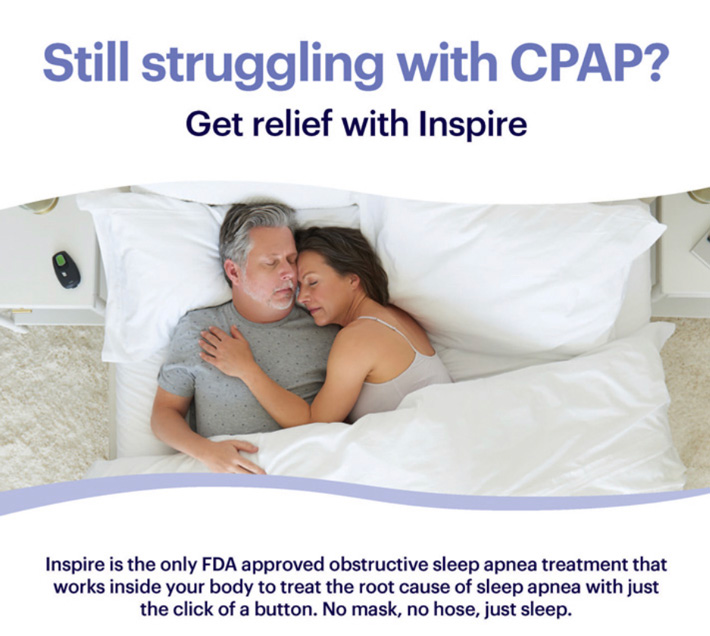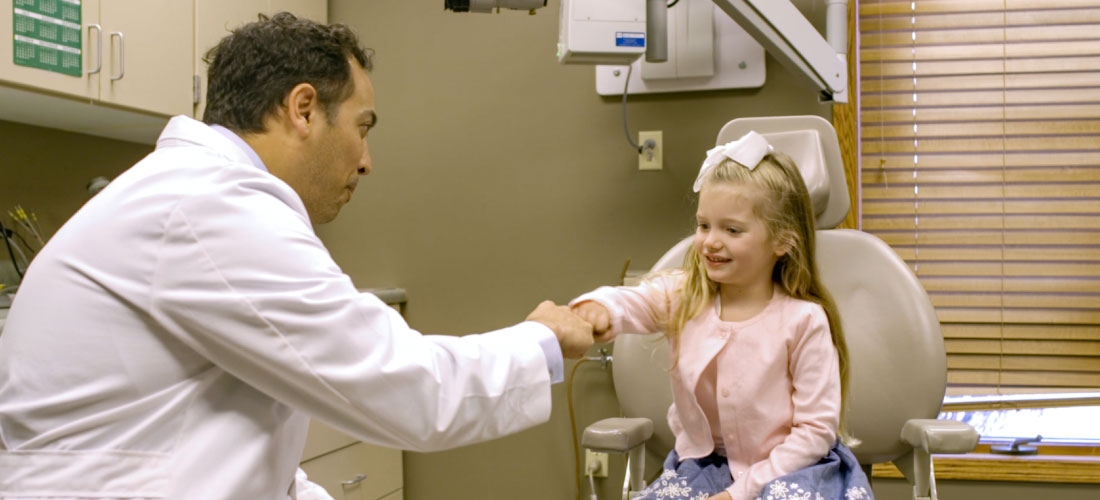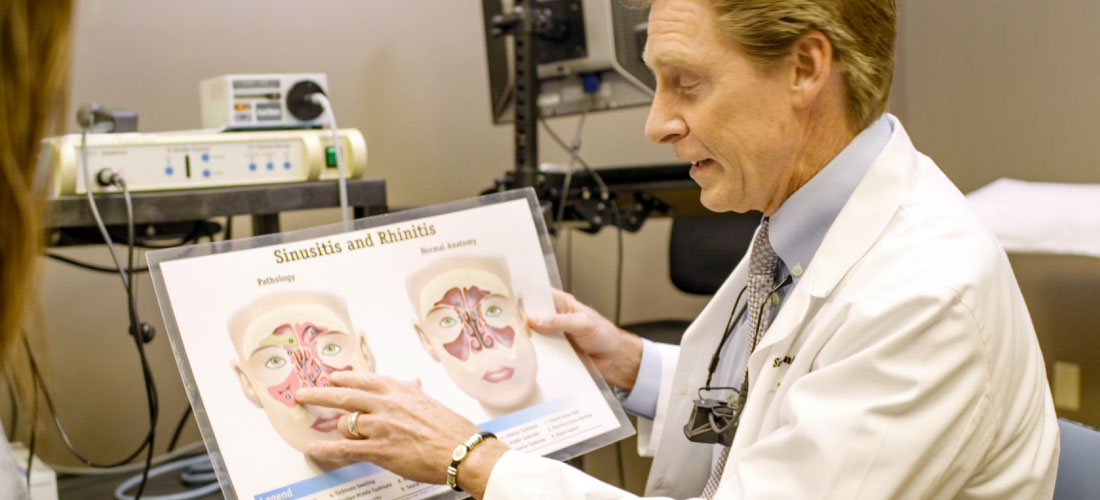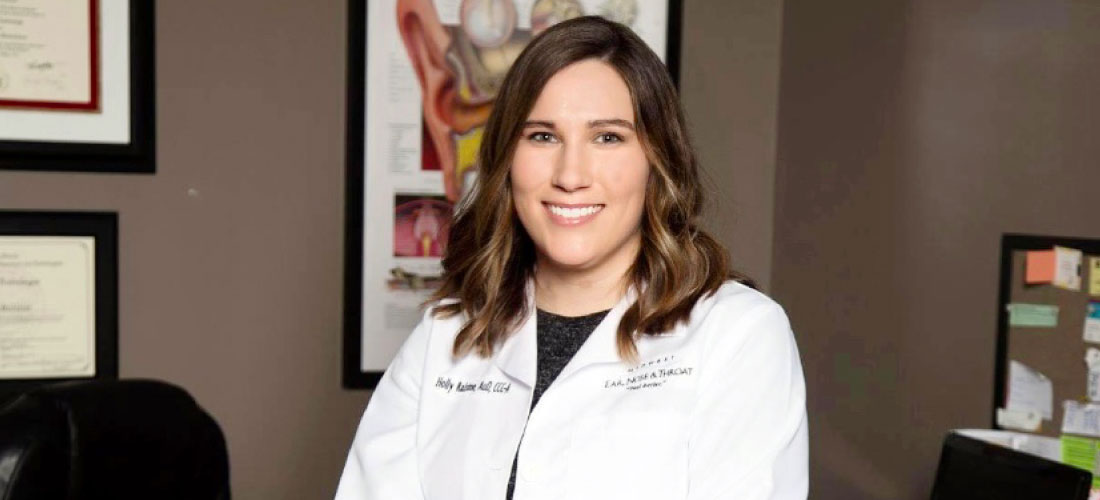Hearing loss doesn’t just mean someone needs to turn up the TV or ask “Can you repeat that?” It has also been linked to an increased risk of dementia.
The doctors at Midwest ENT & Allergy know parents have concerns when their child seems to be suffering. Dr. Todd provides answers to six common questions parents have when it comes to testing kids for allergies
Propel® Sinus Implants
Advanced Sinus Relief to Offer Patients a More Comfortable Surgery and Recovery
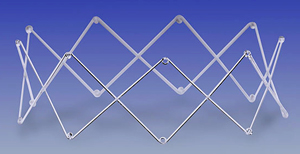 Propel sinus implants provide localized, controlled drug delivery directly to the sinus tissue. The Propel implant works by opening the sinus airway. It is a small coiled device that works to hold the airway open following a surgical procedure. Once inserted, the Propel stent slowly releases a steroid mometasone to reduce inflammation during the healing process of sinus surgery. This helps to maintain more consistently open sinuses and faster healing. The steroid is absorbed into the surrounding tissue and will be present for 90 days following placement. The stent itself will dissolve after two to four weeks.
Propel sinus implants provide localized, controlled drug delivery directly to the sinus tissue. The Propel implant works by opening the sinus airway. It is a small coiled device that works to hold the airway open following a surgical procedure. Once inserted, the Propel stent slowly releases a steroid mometasone to reduce inflammation during the healing process of sinus surgery. This helps to maintain more consistently open sinuses and faster healing. The steroid is absorbed into the surrounding tissue and will be present for 90 days following placement. The stent itself will dissolve after two to four weeks.
Propel sinus implants are the first of a new category of sinus products offering localized, controlled drug delivery to the sinus tissues. The implant is gently inserted by a Midwest ENT & Allergy physician to maintain the surgical opening and gradually deliver an advanced corticosteroid with inflammatory properties directly to the sinus lining as the implant slowly dissolves.
How does Propel Work?
Midwest ENT & ALLERGY Offers Cochlear Implants
Beyond Hearing aids. Discover the science behind Cochlear implants.
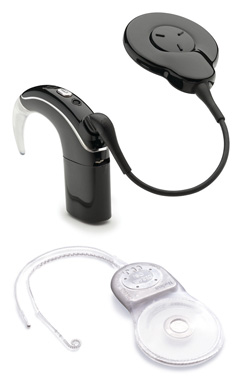 If hearing aids are no longer effective for you or your child, cochlear implants might be the answer. Cochlear implants are surgically implanted medical devices that treat hearing loss. The implant allows those with severe hearing impairment the ability to hear and understand speech.
If hearing aids are no longer effective for you or your child, cochlear implants might be the answer. Cochlear implants are surgically implanted medical devices that treat hearing loss. The implant allows those with severe hearing impairment the ability to hear and understand speech.
It’s been called a life changer. It’s been called a miracle. We call It a cochlear Implant. When a crucial part of your inner ear isn’t working properly, you may need more than a traditional hearing aid. You may need a cochlear implant to treat your moderate to profound hearing loss. The Cochlear™ Nucleus® System mimics the natural hearing function of the inner ear to help make sounds clearer. A cochlear implant bypasses the damaged part of the ear so sounds are better understood in both noisy and quiet environments, enabling you to hear everything from conversations in busy restaurants to leaves rustling in the wind.
A cochlear implant can work alongside hearing aids or in place of them. The implant is an electronic device that is designed to compensate for the damaged part of the inner ear, called the cochlea, and provides vital sound signals to the brain. This is opposed to simply making sounds louder, which is how hearing aids generally work. Although the implants do not actively cure hearing loss, they provide the wearer with the sensation of sound.
The implant has two parts. One is an external processor placed behind the ear. The other is an internal receiver device that is implanted inside the ear. The processor is designed to pick up the sound and convert it to electrical signals, which is then picked up by the receiver and converted into electrical impulses, which give the sensation of sound.
The most significant benefit of cochlear implants is the heightened sensation of sound, which makes hearing and speaking feel more natural.
Other benefits include:
- Hearing conversations and environment sounds at a comfortable level
- Distinguishing and identifying different types of sound
- Being able to keep your voice at a comfortable level for yourself and for others
- Being able to speak on the phone or listen to music, radio and podcasts
Both adults and children as young as 12 months can have cochlear implants. They are particularly useful for those who were born deaf or have severe hearing loss. It is recommended that children receive the implants as soon as possible to have access to sounds for speech and language development.
Through time and training, the brain learns to interpret the electrical impulses received from a cochlear implant. Studies show that within a year, people with cochlear implants can understand sentences 8 times better than they could previously with just hearing aids.
To learn more about cochlear implants, or to see if you or a loved one is a good candidate for this type of hearing solution, contact our office for a consultation.
Airlift™
Midwest ENT & Allergy is now an AirLift™ Preferred Provider Practice for patients struggling with Obstructive Sleep Apnea.
 If you have Obstructive Sleep Apnea (OSA), you are not alone! OSA afflicts over 17 million people in the United States. Also referred to as sleep apnea, OSA is a serious medical condition that should not be ignored.
If you have Obstructive Sleep Apnea (OSA), you are not alone! OSA afflicts over 17 million people in the United States. Also referred to as sleep apnea, OSA is a serious medical condition that should not be ignored.
Several easy-to-recognize symptoms of sleep apnea include:
- Excessive daytime sleepiness
- Loud snoring
- Gasping for air during sleep
- Falling asleep while driving
- Falling asleep during the day
- Morning headaches
- Loss of energy
- Trouble concentrating
- Irritability
When a person falls asleep, the muscles that keep the airway open relax. With sleep apnea, this relaxation results in a narrowing or obstruction of the airway, which limits a person's ability to breathe. When this occurs, oxygen levels in the blood begin to drop, causing the person to wake. Waking frequently limits the quality of sleep, and is one reason why people with OSA can be so tired during the day.
The AirLift procedure is for patients with obstructive sleep apnea. The procedure involves advancing the hyoid bone and suspending it with two small implants and suture. Due to the muscle attachments on the hyoid bone, this causes the narrow or blocked airway to open and become more stable during sleep.
AIRLIFT at Midwest ENT & Allergy is minimally invasive, adjustable and reversible.
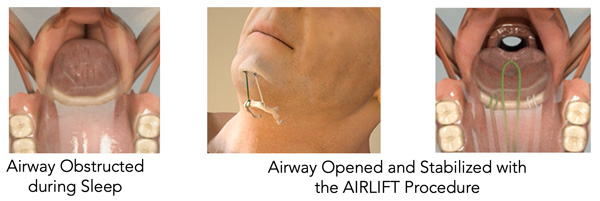
Key Features:
- One kit for hyoid suspension and/or tongue suspension
- Knotless suture anchors provide slip-free, precise control of tension
- High-strength braided suspension lines for long-lasting durability
- Simple and fast tools for securing the hyoid bone
- Simple and flexible placement of tongue suspension loops
Key Benefits:
- Minimally invasive
- Adjustable & reversible
- Low morbidity
- No CPAP compliance issues
- Durable/long-lasting
- Can be performed in an outpatient setting
- Reimbursed by insurance
- Begins working right away
- Relief from sleep apnea symptoms, including snoring
- Low pain, easily tolerated
- Short post-operative recovery
- Long-lasting solution
- Reduced risk of cardiovascular and all-cause death
Commonly asked questions about AirLift:
Contact Midwest ENT & Allergy to see if Airlift is right for you!
Inspire
No mask.
No hose.
Just sleep.
Inspire is the only FDA approved obstructive sleep apnea treatment that works inside your body to treat the root cause of sleep apnea with just the click of a button.
How it Works
Inspire works inside your body while you sleep. It’s a small device placed during a same-day, outpatient procedure. When you’re ready for bed, simply click the remote to turn Inspire on. While you sleep, Inspire opens your airway, allowing you to breathe normally and sleep peacefully.
Why Choose Inspire:
Alternative to CPAP
Inspire treats the root cause of sleep apnea by applying gentle stimulation to key airway muscles during sleep, allowing you to breathe normally, and more importantly, sleep without a mask, hose, or machine.
Outpatient
Inspire is placed under the skin of the neck and chest during a short, outpatient procedure. Shortly after the procedure, Inspire is turned on and you’ll be ready to get the sleep you’ve been dreaming of.
FDA Approved
Inspire was FDA approved in 2014 and has been proven both safe and effective in multiple clinical studies. It is the only FDA approved obstructive sleep apnea treatment that works inside the body with just the click of a button.
Contact us for more information on this ground breaking alternative to CPAP for sleep apnea!
